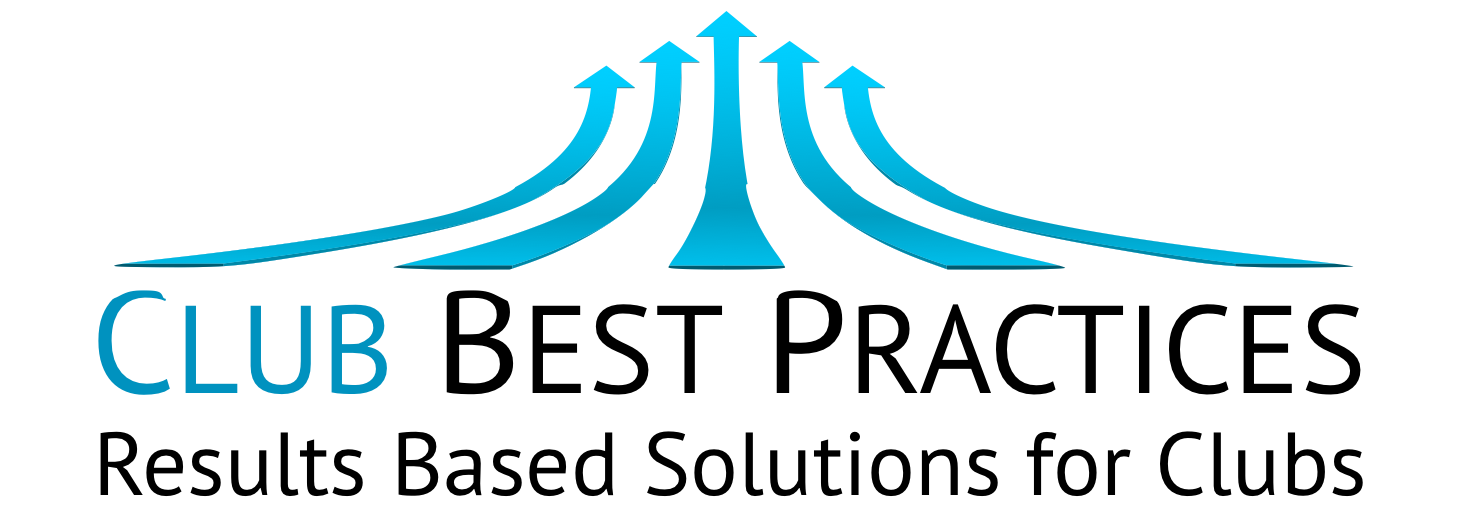As a leader, your career advancement may have been a result of becoming so good at what you do that you were promoted. Education, network, right place at the right time certainly are factors, but without the hands on experiential learning you would not have advanced to a leadership position. By default, you became the “go to” person to get things done. In a supervisory or management role, you modeled the proper behavior and actions of efficiency and effectiveness for getting things done. This was repeated to the point that your sole purpose was to solve and “fix” problems.
Now you’re in the position of leader with supervisors and managers reporting to you who have also worked their way up by becoming good at that they do. The difference is they have acquired the skills and talents through their own experiences, processing things much differently than you. Whether you think you can or they think they can, you’re both right. So, what happens when you overlay your perspective over theirs? Think of when someone gives you advice of how to do what you do. Almost immediately, you don’t feel they have all the facts or fully understand all the ramifications and you graciously acknowledge the suggestions and move on. No one really likes to be told what to do. Even when we’re young and need some good advice we choose to ignore it and experience things for ourselves. This is becoming more evident in the workplace.
Organizational behavior is experiencing an enormous shift from the millennial generation. Millennial’s are well-informed and educated and less likely to learn and behave as previous generations did. They are autonomous, self-oriented and choose experiences and meta-learning over subject knowledge. Coaching provides a platform for the growth and development of millennial’s. There is also a shrinking labor pool of skill sets applying for the positions needed to be filled, causing the cost of turnover to continue to rise. Leaders with coaching mindsets are more likely to be successful because they can coach team members through development plans that are customized to strengths of the individual. When the square pegs don’t fit in the round hole we now change the hole for better organizational performance through meritocracy. We’re not managing pegs we’re coaching people that have good and bad days, challenges to overcomes and grow from. Helping people become better versions of themselves is an empathetic act requiring the emotional intelligence of relational engagement. Relational engagement is when we are in tune with how another person is experiencing their thoughts and feelings. When this happens, we set boundaries within ourselves and suspend judgement to avoid projecting our thoughts, feelings and solutions over another.
“A soldier will fight long and hard for a bit of colored ribbon.” – Napoleon Bonaparte
The coaching relationship is usually between the coach and client are focused on strengths. When we use coaching techniques or practices in the work environment is it important that the line be drawn between coach and friend. People will work hard when recognized and praised by the person they report to. Positive reinforcement coming from a supervisor carries a lot more weight than coming from a friend. The intention of coaching is to work within the strengths of a client in the interest of becoming better. Great coaches are positive contributors towards professional development.
When leaders suspend the mindset of fixing the other person, they find themselves perpetuating a spirit of collaboration that builds confidence and develops potential. The coach/leader may have the answers but isn’t going to tell you how it’s done. He/she is going to work through your own filters and experiences to develop yourself and find the answers within.


